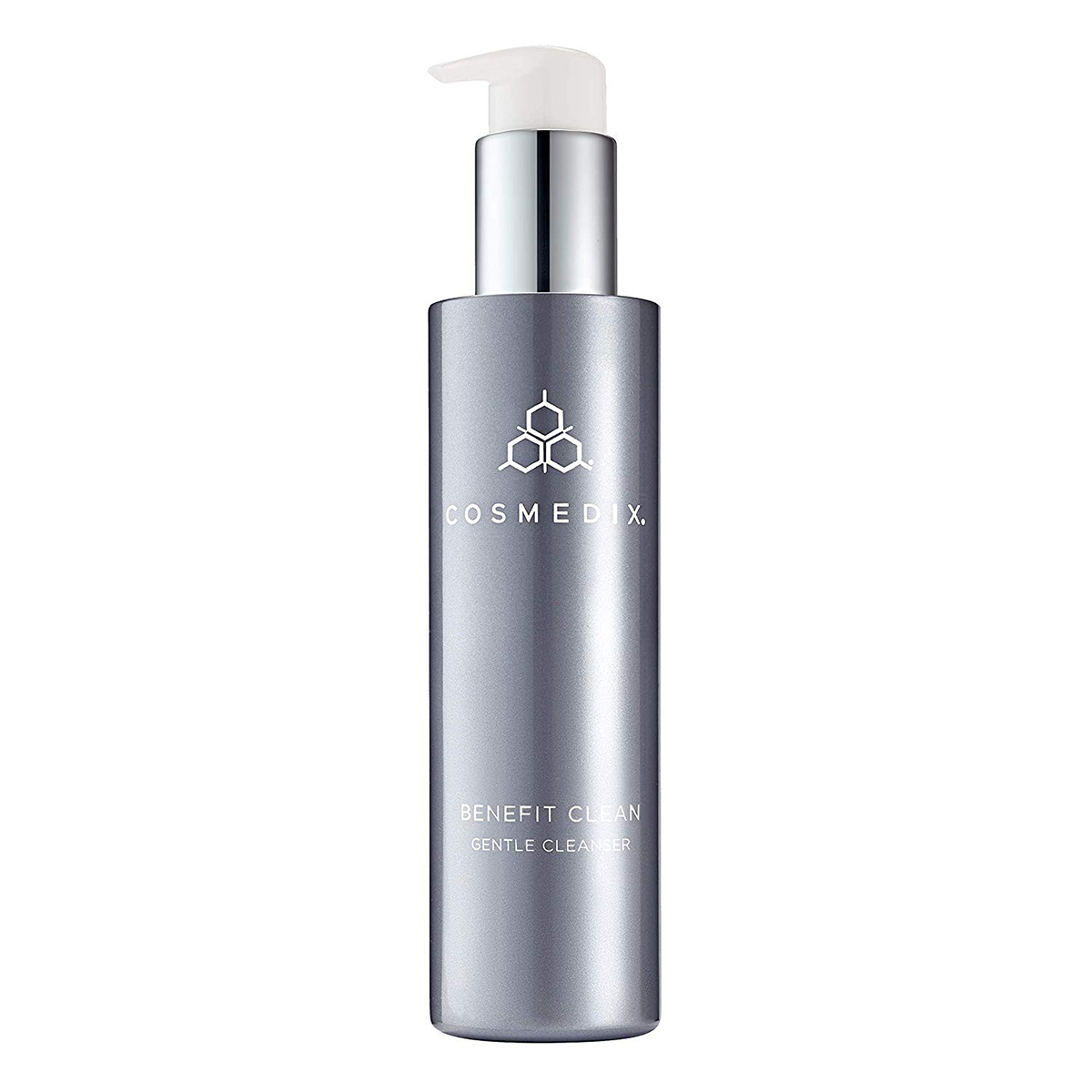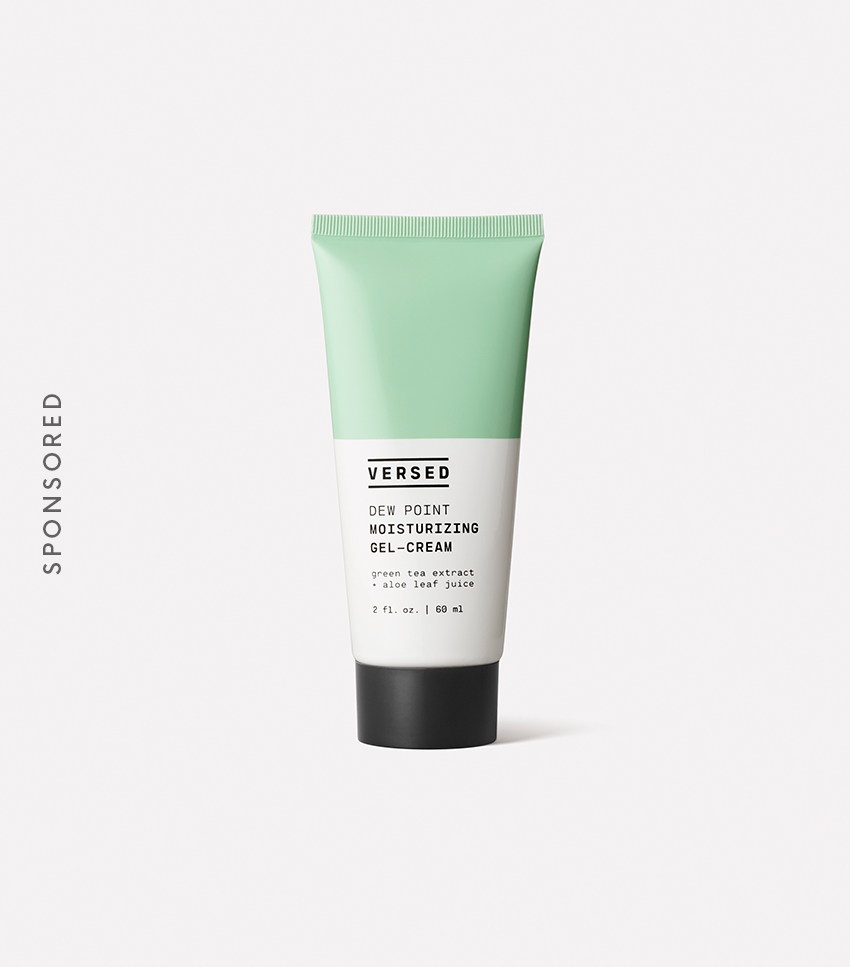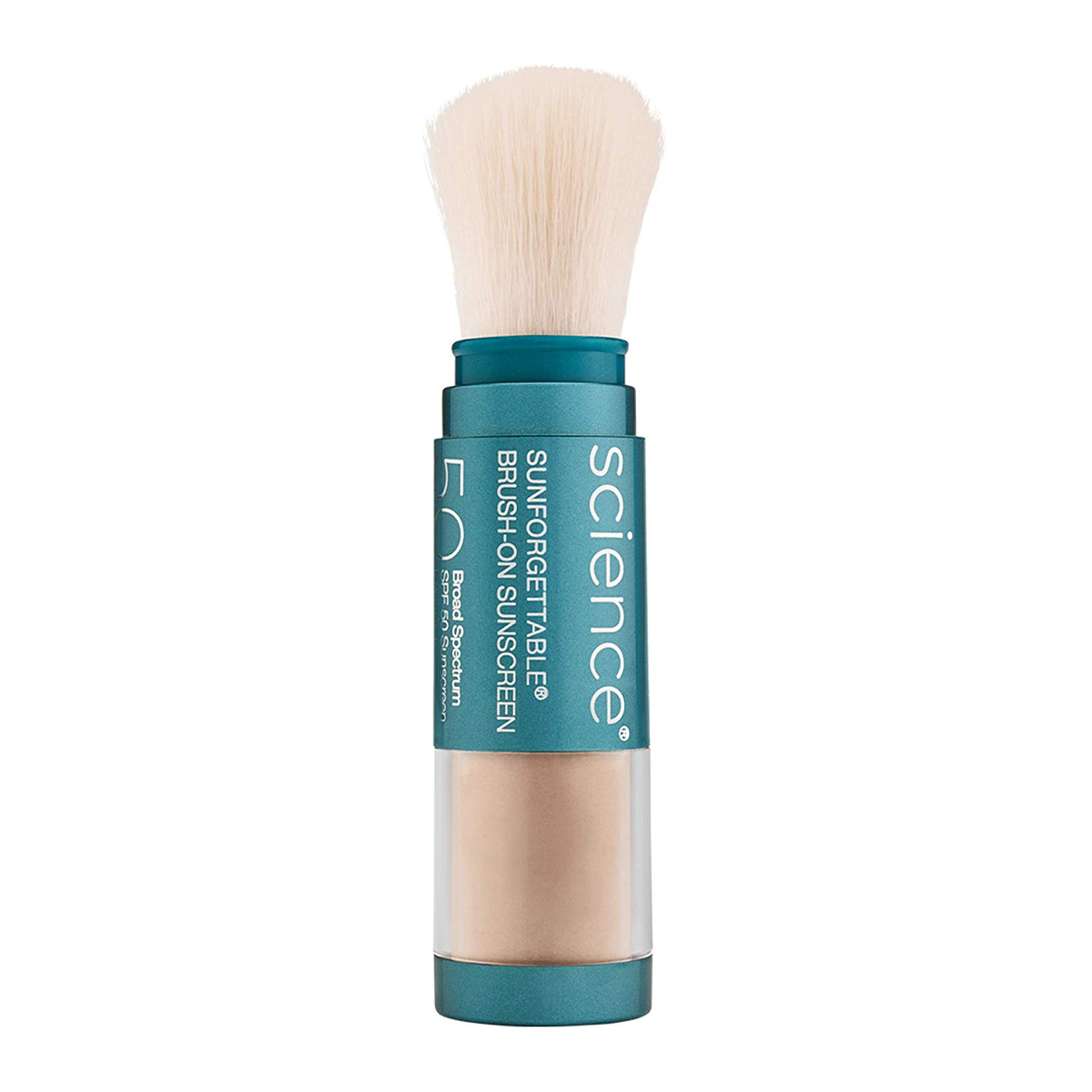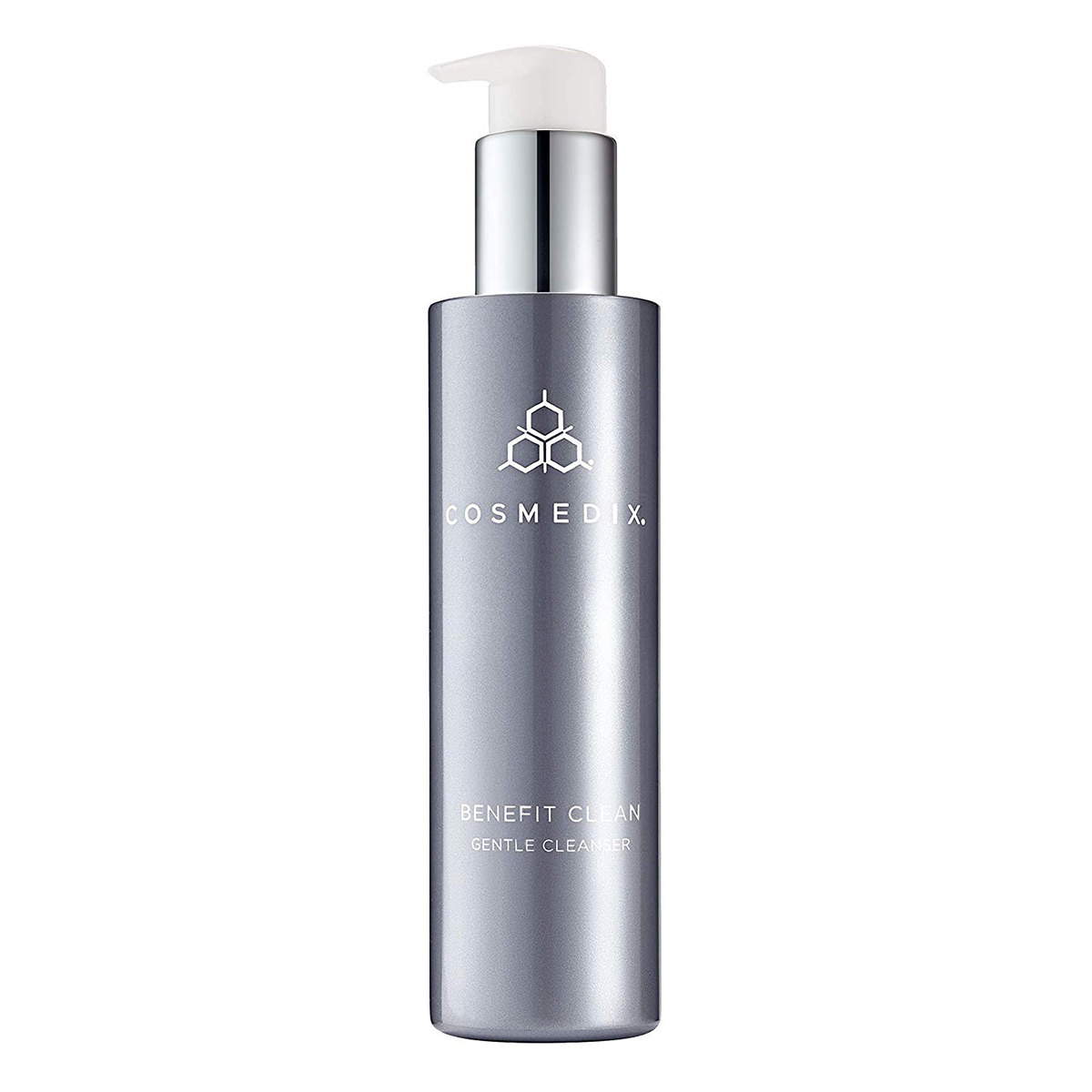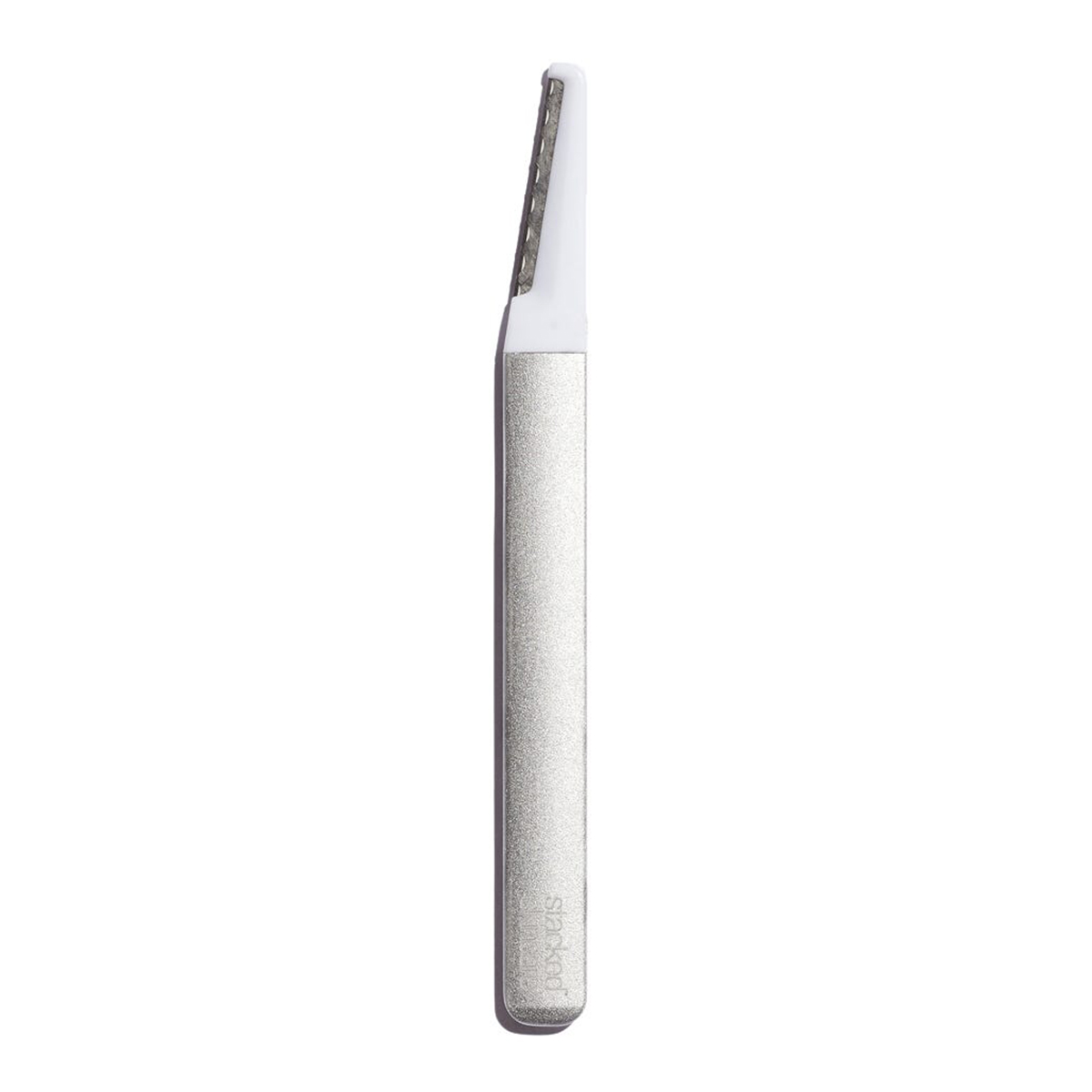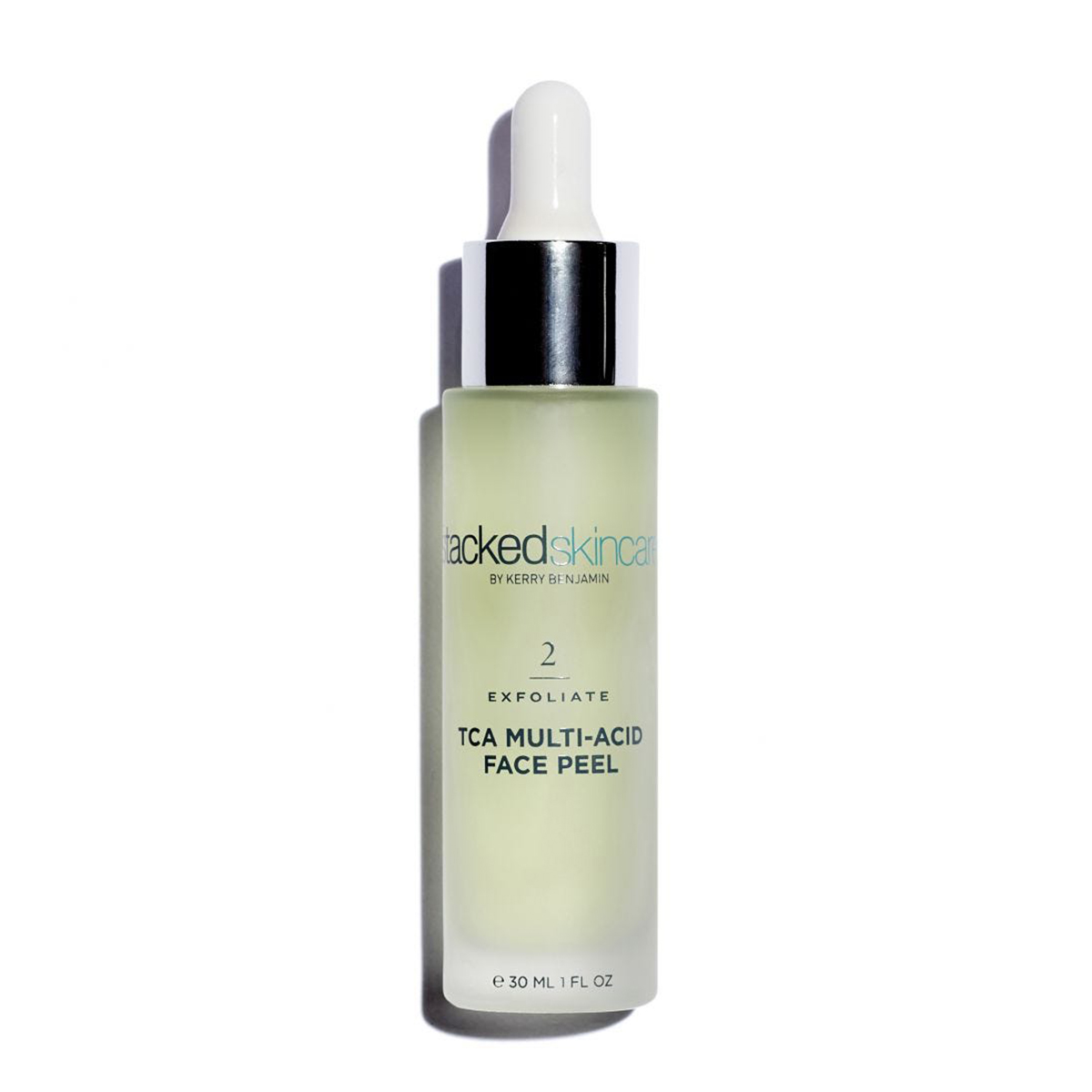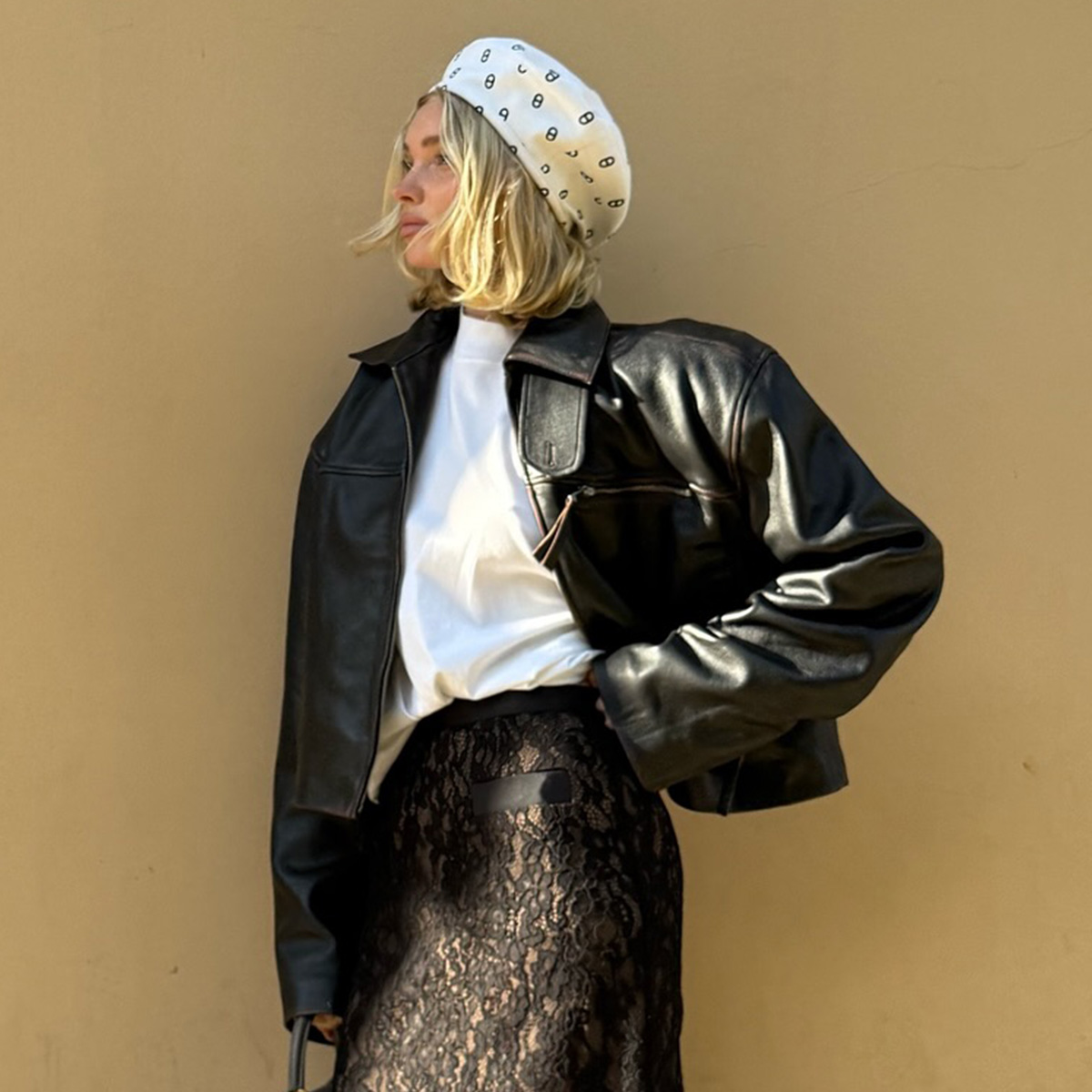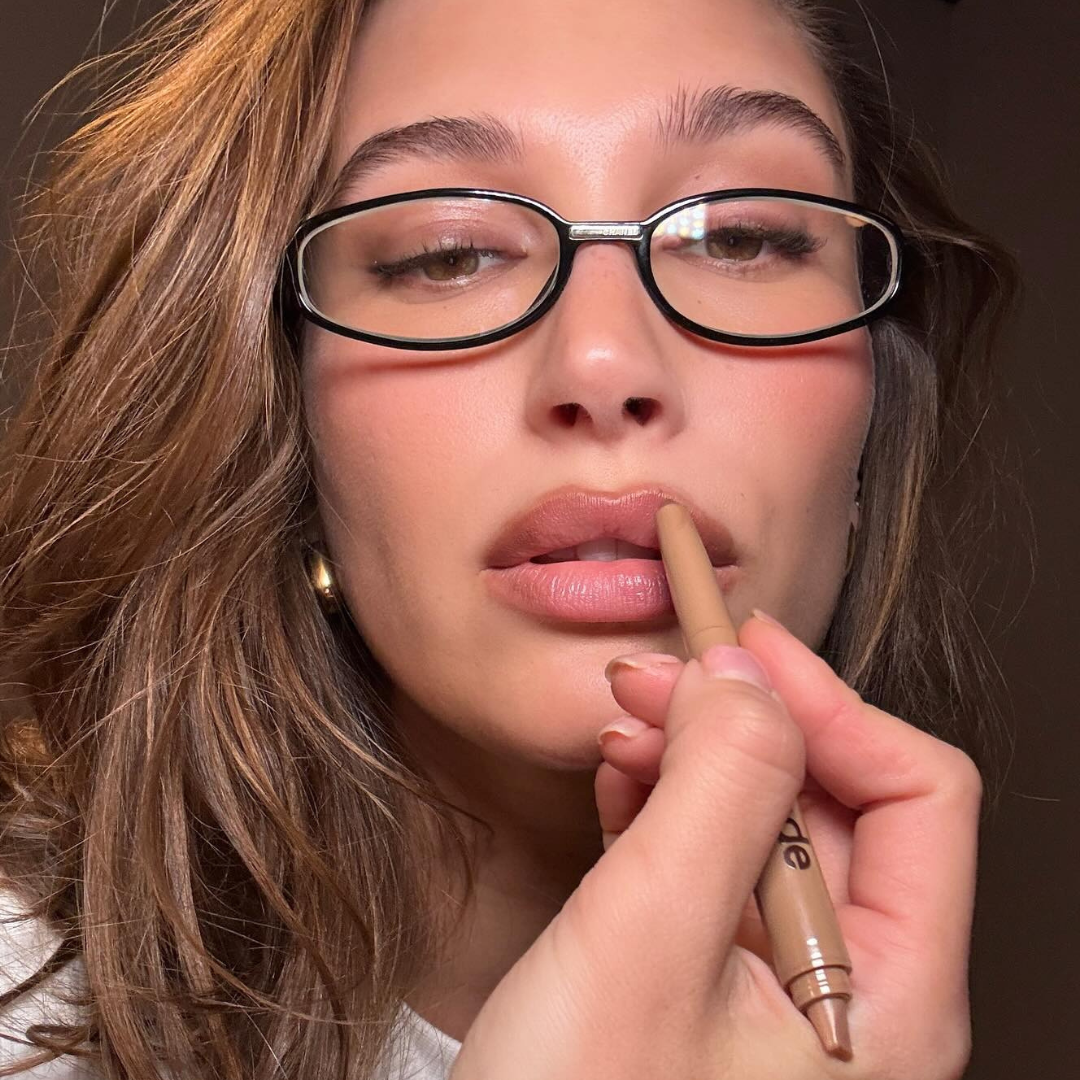FYI: This Is the Number One Mistake You're Making If You Have Dry Skin
Sponsor Content Created With Versed
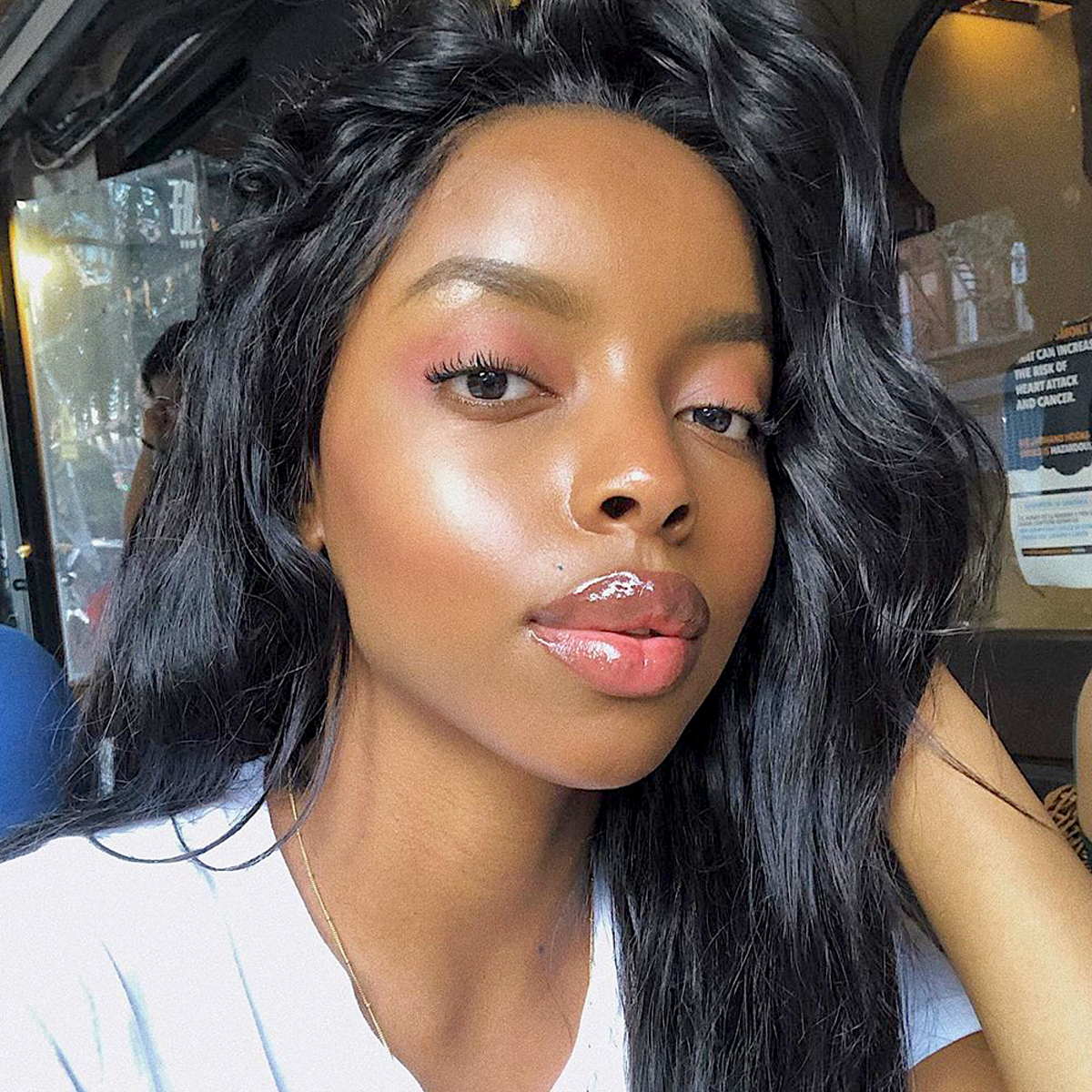
I don't personally suffer from dry skin, but even someone like me with combination, acne-prone skin notices a definite moisture-lacking switch come fall and winter (or the second I step onto an airplane, for that matter). However, I have enough friends and family members who suffer from dry skin to know that it's one of the most common, stubborn, and frustratingly confounding skin concerns. There's a lot of information out there—what to do and apply and what not to do and apply—but as with most intel found on the internet, the majority of what you've read about dry skin is likely false. For instance, many people assume you should stop exfoliating once dry-skin season hits, but according to esthetician and founder of StackedSkincare Kerry Benjamin, swearing off your favorite peels and exfoliants is the number one mistake you can make if you suffer from dry skin. Just like neglecting moisturizer when you're breaking out is a no-no (even if it does sound counterintuitive), so is starving your complexion of the strategic buildup-blasting ingredients found in high-quality exfoliating formulas.
"Improper or infrequent exfoliation is the number one contributor to dryness," Benjamin warns. "The buildup of dead skin creates the feeling of dryness and actually compounds the issue because products can't penetrate to relieve the dehydration you're experiencing."
Game-changing advice, right? Ahead, we've asked Benjamin to share even more dos and don'ts pertaining to dry skin in addition to the best morning and nighttime skincare regimens to treat the condition. Keep scrolling!
The Best Things to Do for Dry Skin
As you can surmise from Benjamin's stealthy tip above, regular exfoliation using strategic, high-quality tools and products is the best thing you can do to help treat dry skin.
"My favorite ways to exfoliate are by dermaplaning, using regular at-home peels, and I also love using the Versed Photos, Please Brightening Tightening Mask ($10) a few times a week," shares Benjamin. "On Sundays, I like to power-exfoliate my skin! I dermaplane, apply the Versed mask, leave it on for 15 minutes, and after rinsing, I apply a layer of StackedSkincare's TCA Multi Acid Face Peel ($150)."
This way, she explains, she's using a few different exfoliation methods that are gentle enough not to irritate dry skin but that still leave it glowing, moisturized, and radiant.
And the Worst
Again, not to be a broken record, but as Benjamin confirms, the absolute worst thing you can do if you have dry skin is to not exfoliate.
"People often think exfoliation is too harsh for their skin, and it's absolutely not true. You just need to find the exfoliation technique that works best for your skin type, whether it's dermaplaning, acid and enzyme peels, gomage, etc.," Benjamin explains to us. "Oftentimes, your skin might react because you haven't been exfoliating, but once you start doing it regularly, your skin will adjust, and any adverse reaction will more than likely subside."
If you think your skin is too sensitive, she recommends starting an exfoliation-focused regimen slowly, gradually building up to a regular routine. The skin has an amazing healing ability—don't underestimate it!
Additionally, Benjamin recommends sticking to warm water versus hot in the shower, investing in radiant heaters and humidifiers, drinking tons (and tons) of water, and applying a body oil the second you step out of the shower when your skin is still moist to ensure you're locking in all that essential hydration.
Products to Include and Products to Skip
According to Benjamin, a good moisturizer to use alongside your exfoliants is crucial for getting a handle on dry skin.
"A high-quality moisturizing formula contains both humectants and occlusive agents—two families of ingredients with very different but equally important moisturizing properties," she says. "Examples of humectants include hyaluronic acid and glycerin, both of which help moisture bind to the skin, thus preventing dehydration. Occlusive agents, on the other hand, protect skin by preventing water loss. They also tend to be quite soothing, which are ideal for the winter months when skin tends to feel more sensitive to elements. I wrote a blog post earlier in the year with more information on these sorts of ingredients."
So what types of products should you forgo? Since ingredients like vitamin A and benzoyl peroxide are extremely drying, Benjamin recommends scaling back if you're experiencing a lot of symptoms associated with dryness (e.g., flaking, redness, chapping, cracked skin, etc.). In lieu, you can try the exfoliation methods she mentions above in addition to following her morning-and-night skincare prescription below.
Your Morning Product Prescription
Step 1: Cleanse
Step 2: Hyaluronic Acid Serum

"Hyaluronic acid (HA) is always a great daily serum to use for all skin types since it's lightweight and can be used for oily to super-dry skin," explains Benjamin. "In fact, if you are oily, this is a really great choice to use daily to help control your oil production and reduce and prevent breakouts."
Step 3: Vitamin C + Moisturizer for Your Skin Type
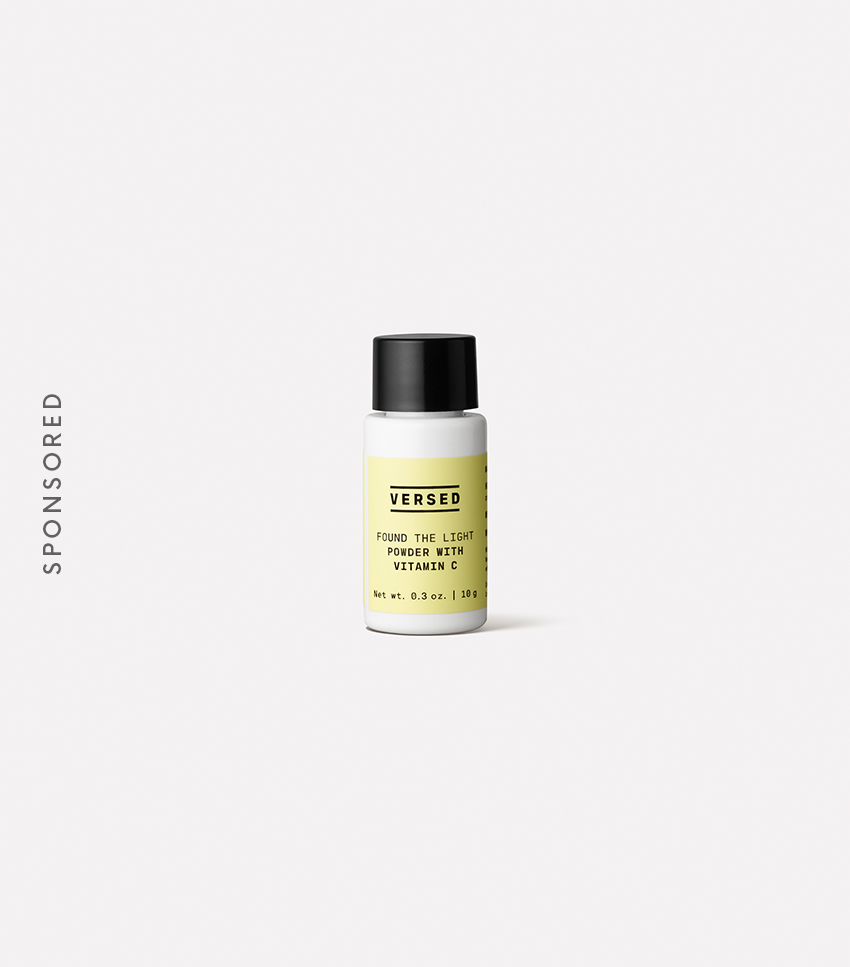
"I love the Versed Skin Soak moisturizer cocktailed with the brand's vitamin C powder. I like to cocktail the vitamin C for added protection against UV, as vitamin C is a powerful antioxidant," shares Benjamin.
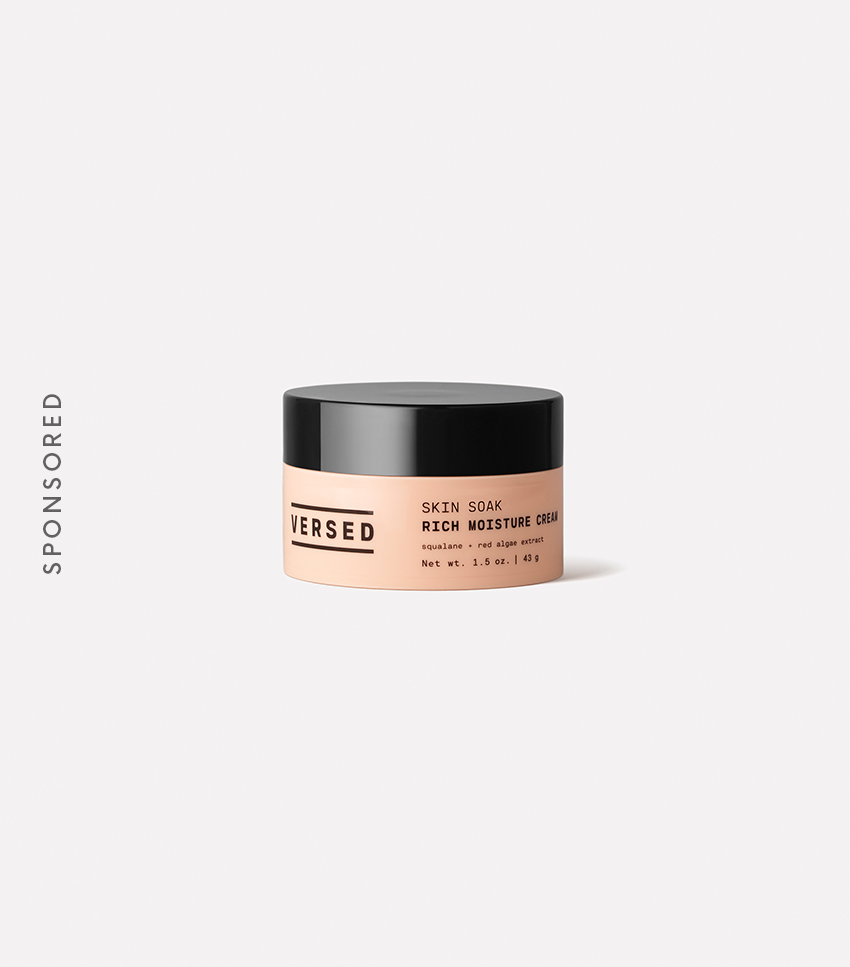
"I'm super dry, so I love the Skin Soak moisturizer, but for those that are oilier, I recommend using the Versed Dew Point Moisturizing Gel—it's very light and refreshing-feeling on the skin."
Step 4: Sun Protection
Your Evening Product Prescription
Step 1: Cleanse
Step 2: Exfoliation
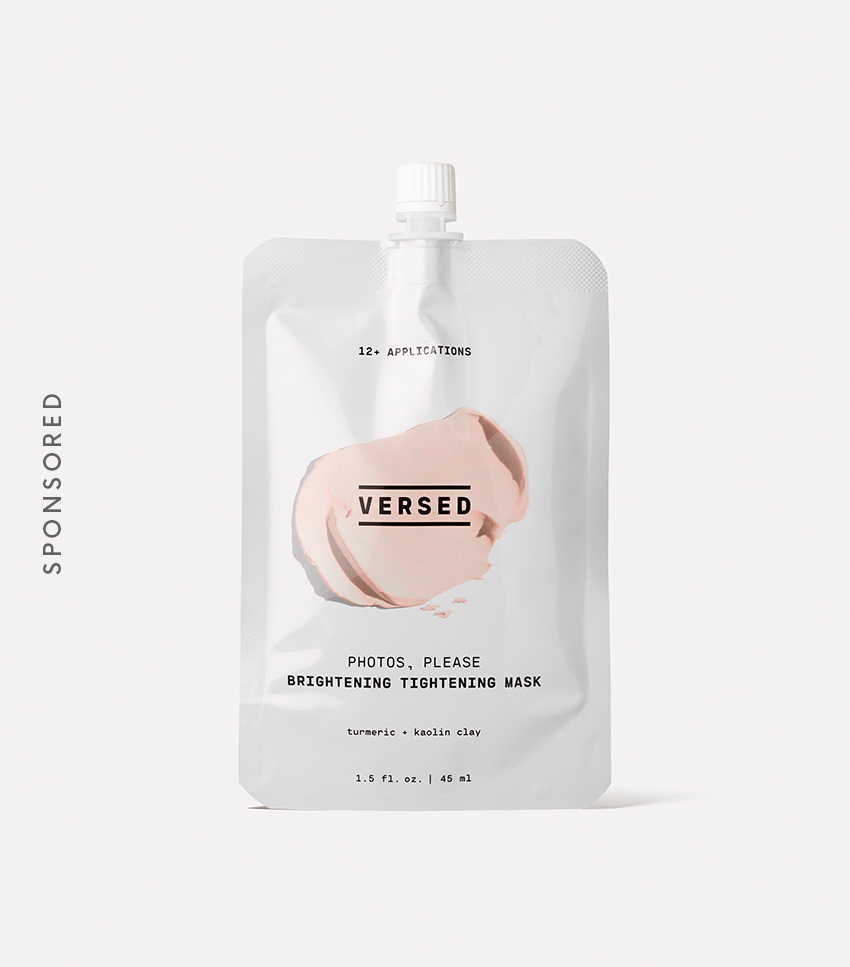
"The second step is always exfoliation," explains Benjamin. "I do this three to four times a week. Once a week, I do all three treatments together: dermaplaning followed by the Versed mask and then the StackedSkincare peel. Another two to three times a week, I'll just use the Versed mask and/or the StackedSkincare peel."
Step 3: Hyaluronic Acid
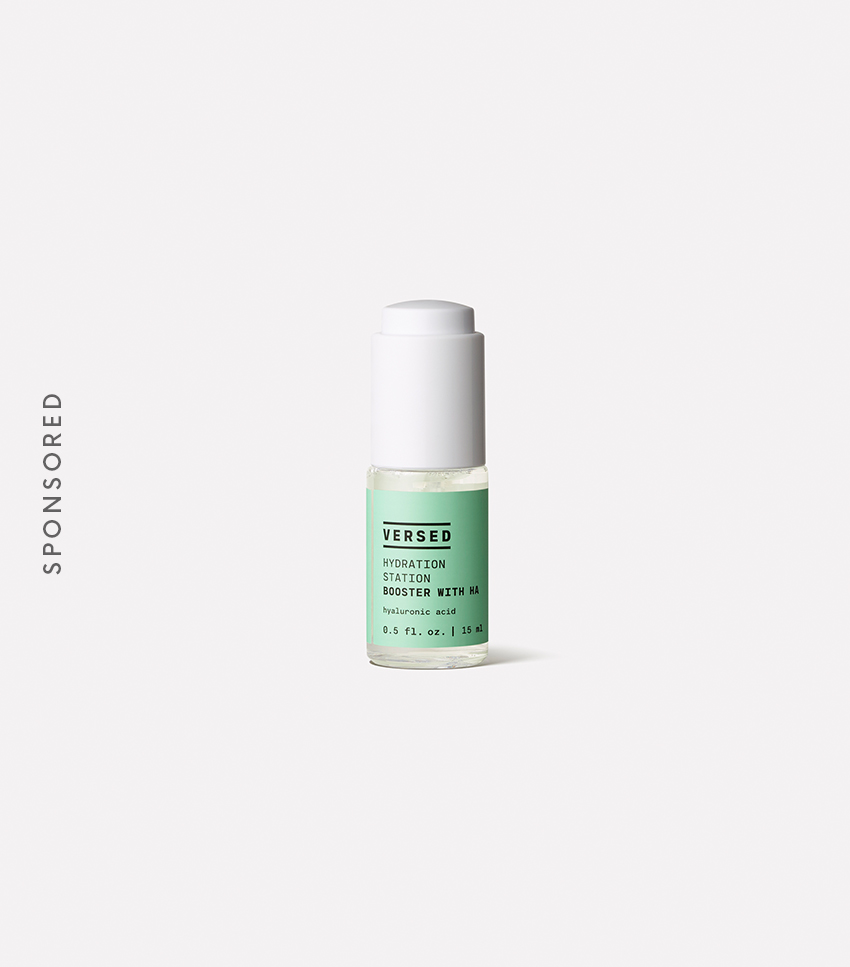
"After you exfoliate, you always want to apply your serums," Benjamin reminds us. "Since they are thinner and have a smaller molecule size, they will penetrate best after exfoliation and before creams. If you are not exfoliating that evening, then after cleansing, you will apply your serums. I like to use HA from Versed for my hydration."
Step 4: Micro-Needling
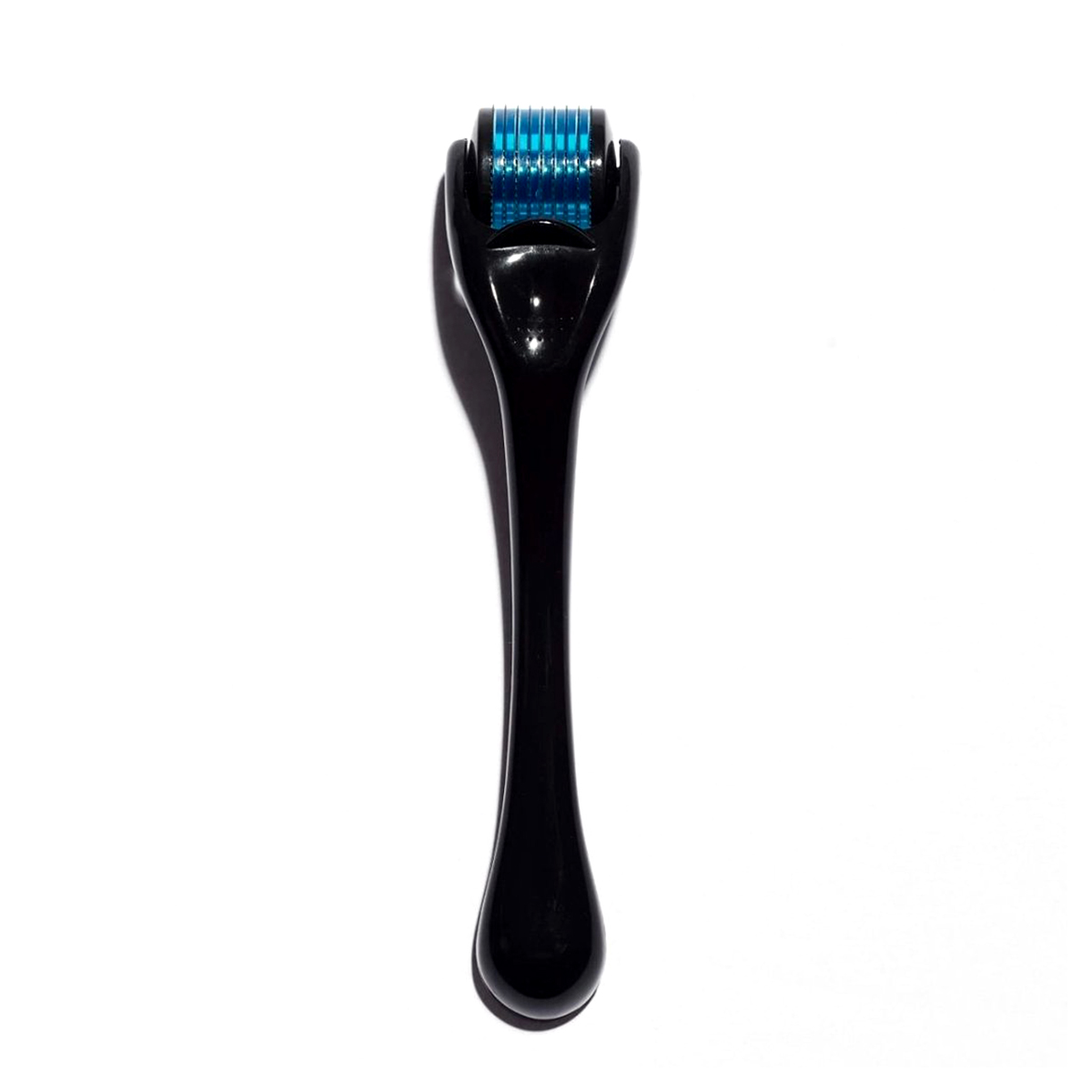
Next up, Benjamin recommends micro-needling (her tool is the best!) to drive the HA serum deeper into the skin for maximum hydration.
"I recommend micro-needling daily, as it will make your serums work better, and it's an amazing anti-aging tool that stimulates collagen production," she explains. "Just be sure to swap out your rollerhead monthly since the needles dull and need to be replaced for safety and hygiene reasons."
Step 6: Moisturizer
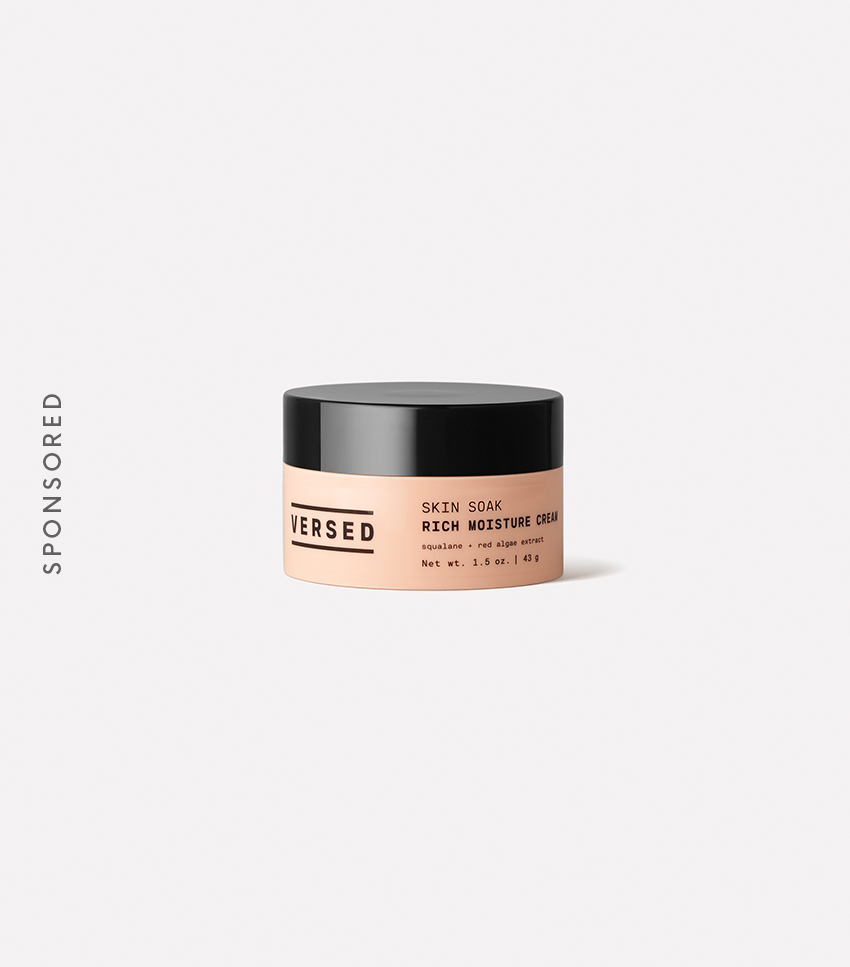
Last but not least, Benjamin says to finish off your evening skincare routine with a moisturizer. For dry skin, she loves the below formula from Versed especially.
The Body Prescription
Step 1: Peel, Baby, Peel
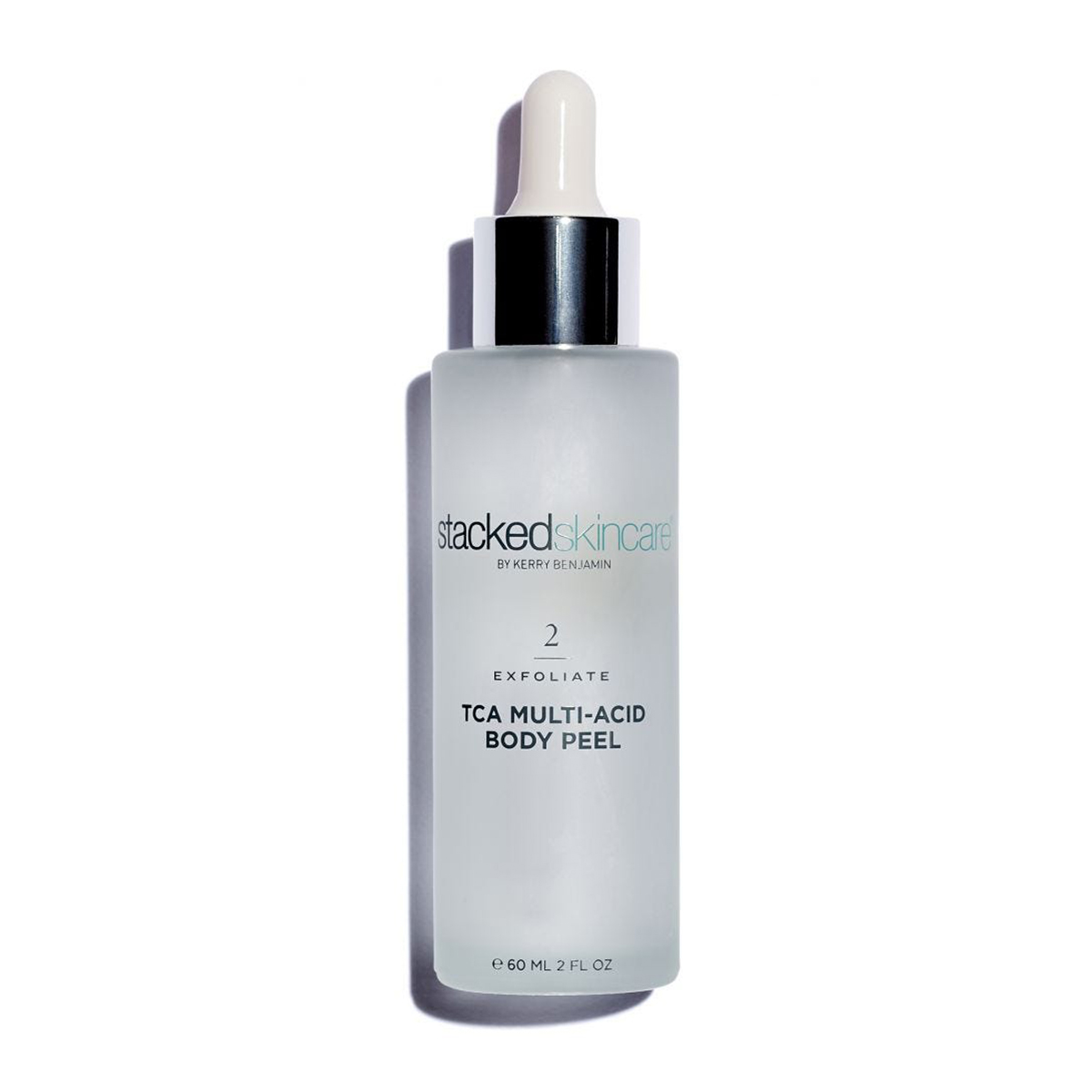
"Twice a week in the evening, apply the StackedSkincare TCA Body Peel to gently slough off dead skin and hydrate," instructs Benjamin.
Step 2: Body Oil
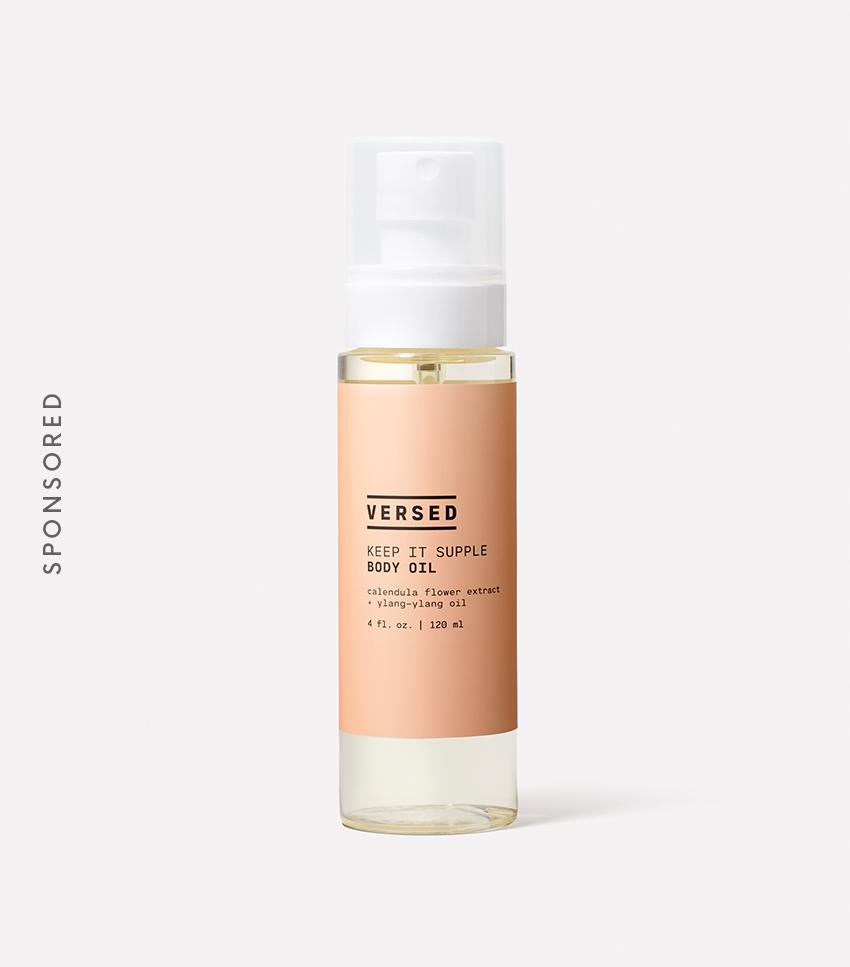
Daily after showering, Benjamin recommends applying the Versed body oil and allowing it to penetrate while you get ready. "I love this product for its hydrating properties, and it smells amazing!" she says.
The peel you applied as the first step will slough off the dead skin to allow the body oil to penetrate more effectively. The result? Glowing, super-hydrated skin.
Up next: A Celeb Esthetician Says This Is the Best Skincare Regimen to Treat Dull Skin
Erin has been writing a mix of beauty and wellness content for Who What Wear for over five years. Prior to that, she spent two and half years writing for Byrdie. She now calls Santa Monica home but grew up in Minnetonka, Minnesota, and studied writing, rhetoric, and communication at University of Wisconsin, La Crosse. She studied abroad in Galway, Ireland, and spent a summer in L.A. interning with the Byrdie and Who What Wear family. After graduating from UW, she spent one year in San Francisco, where she worked as a writer for Pottery Barn Kids and PBteen before moving down to L.A. to begin her career as a beauty editor.
-
 I'm a Mom of Two Little Ones—30 Chic, Easy, and Reliable Fashion and Beauty Picks I Swear By
I'm a Mom of Two Little Ones—30 Chic, Easy, and Reliable Fashion and Beauty Picks I Swear ByLittle effort. High reward.
By Jennifer Camp Forbes
-
 If You Have a Damaged Skin Barrier, This Scandinavian Skincare Secret Can Help
If You Have a Damaged Skin Barrier, This Scandinavian Skincare Secret Can HelpIt protects the skin from oxidative stress.
By Kaitlyn McLintock
-
 I'm a Beauty Editor—9 Products I Always Restock (and 3 I Retire) for Winter
I'm a Beauty Editor—9 Products I Always Restock (and 3 I Retire) for WinterIt's about time I switch things up.
By Valeriya Chupinina
-
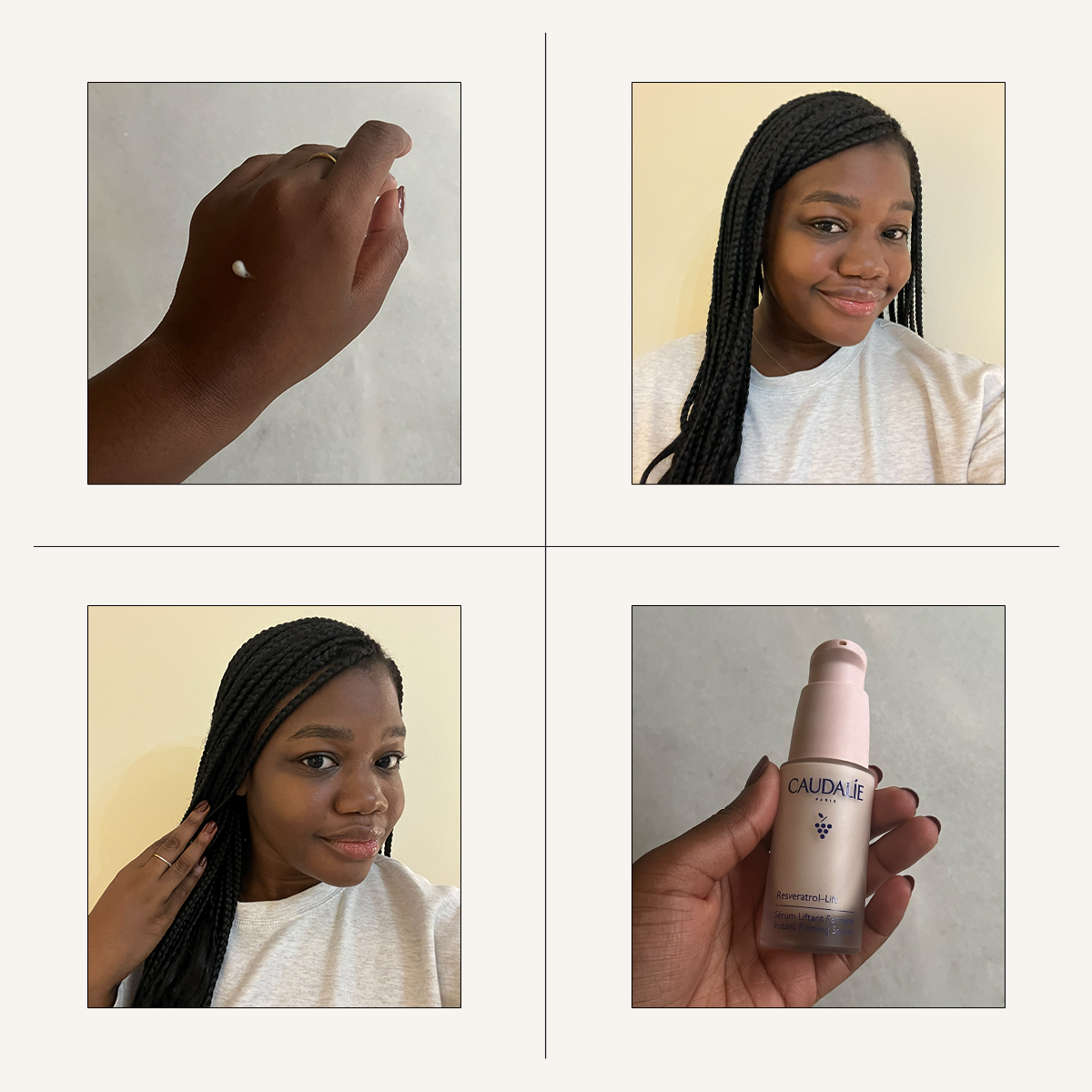 This TikTok-Viral Serum Gave My Ultra-Round Face Cheekbones for Days
This TikTok-Viral Serum Gave My Ultra-Round Face Cheekbones for DaysIt works wonders.
By Maya Thomas
-
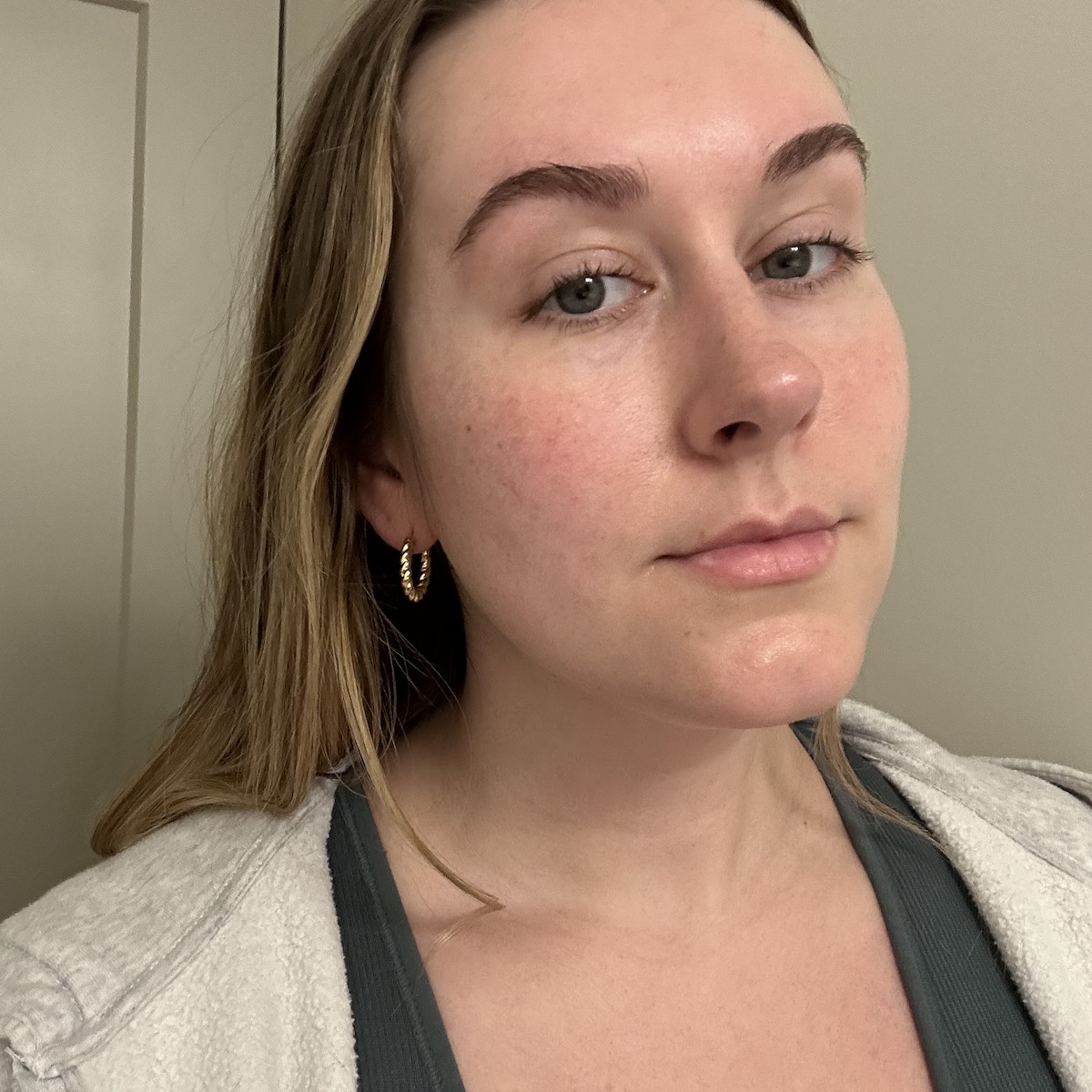 If You Like Waking Up to Plump, Glowing Skin, Don't Sleep on This Overnight Mask
If You Like Waking Up to Plump, Glowing Skin, Don't Sleep on This Overnight MaskGet better skin by morning.
By Kaitlyn McLintock
-
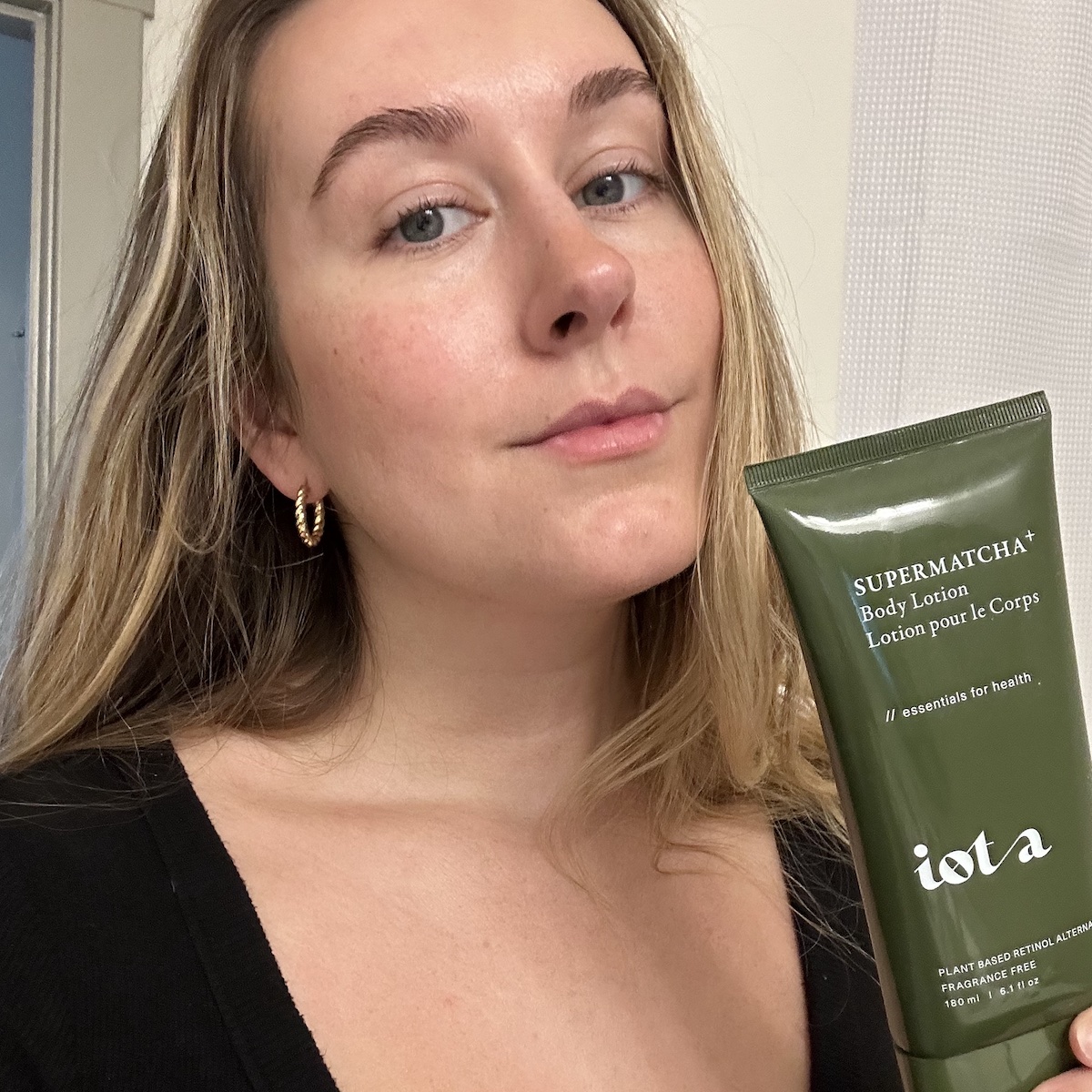 After 3 Weeks, I Swear This Matcha-Spiked Body Lotion Gave Me Firmer Skin
After 3 Weeks, I Swear This Matcha-Spiked Body Lotion Gave Me Firmer SkinIt's my new favorite.
By Kaitlyn McLintock
-
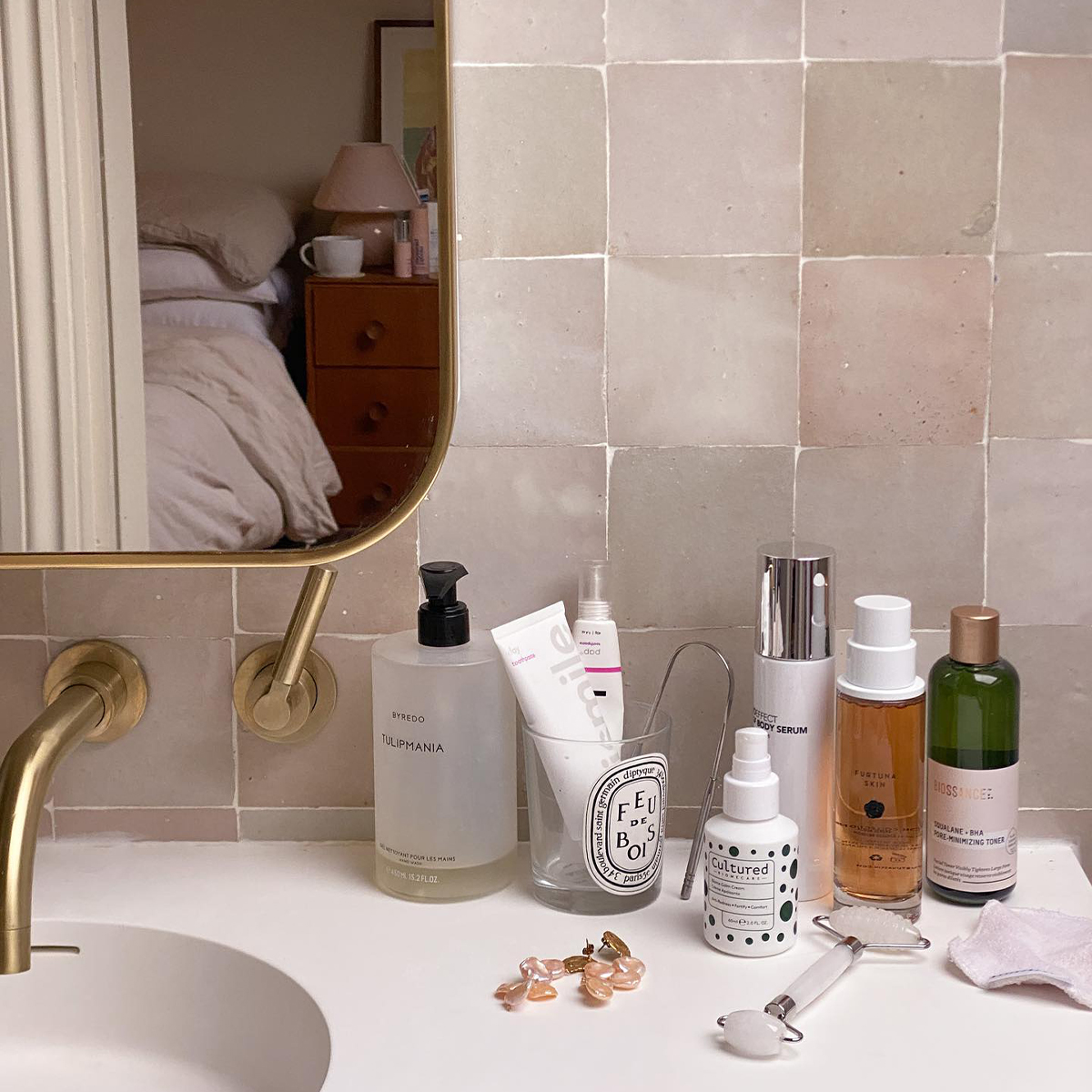 Milky Skincare Is Everywhere—Derms Explain Why It's Having a Sudden Renaissance
Milky Skincare Is Everywhere—Derms Explain Why It's Having a Sudden RenaissanceGot milk?
By Maya Thomas
-
 Snail Mucin Is Trending—Here's How It Can Seriously Improve Your Skin
Snail Mucin Is Trending—Here's How It Can Seriously Improve Your SkinWe're talking about plump, hydrated, and glowing skin.
By Kaitlyn McLintock
